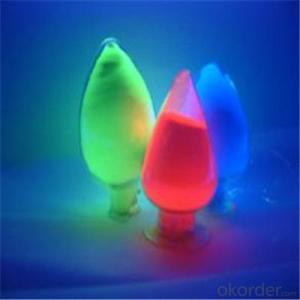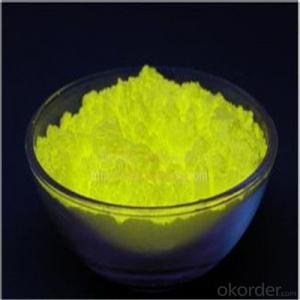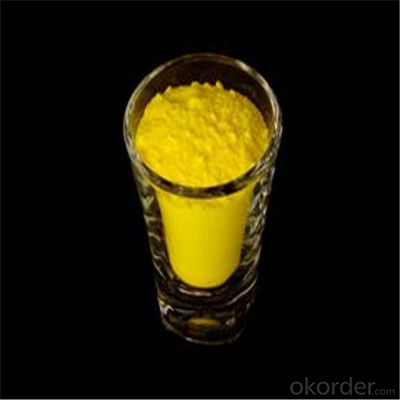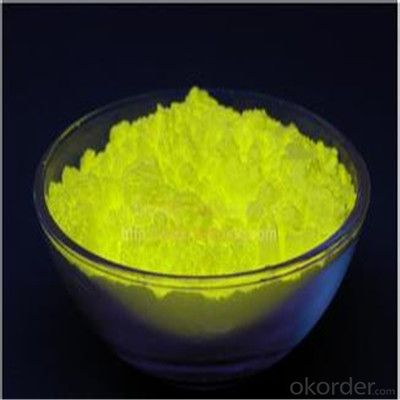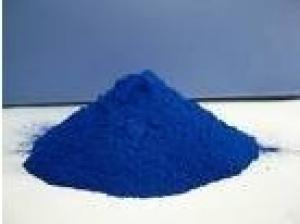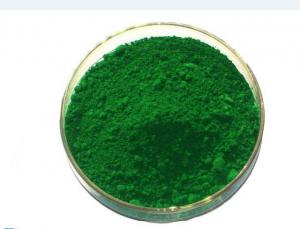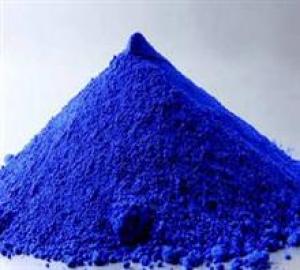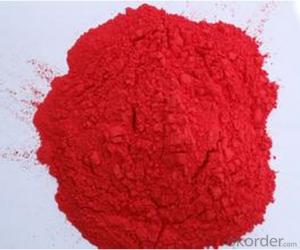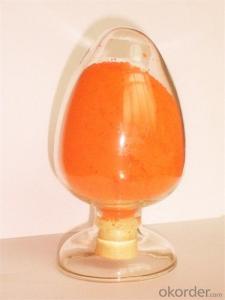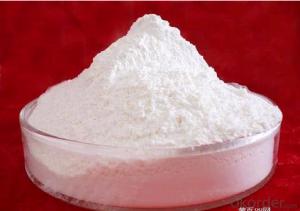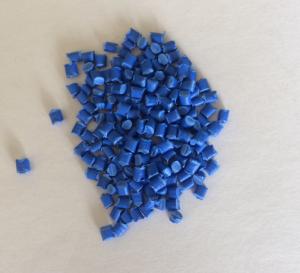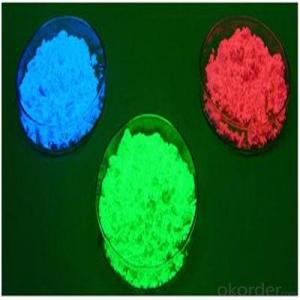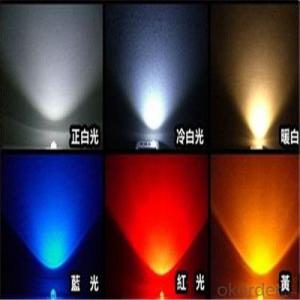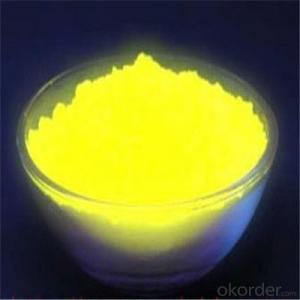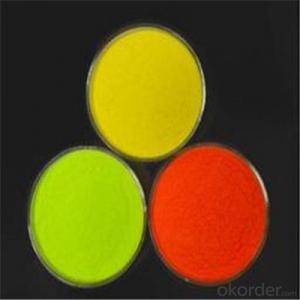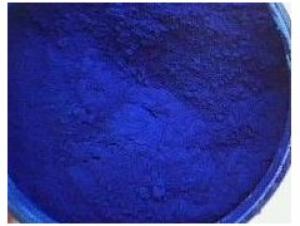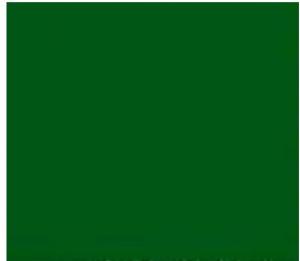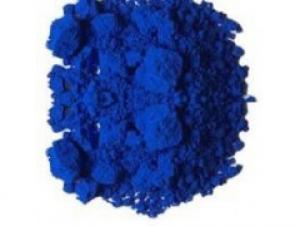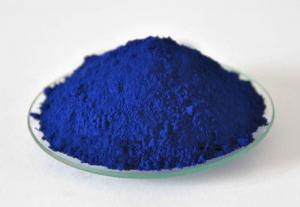LED Fluorescent Powder with with CE Approved
- Loading Port:
- Ningbo
- Payment Terms:
- TT OR LC
- Min Order Qty:
- 43 kg
- Supply Capability:
- 100000 kg/month
OKorder Service Pledge
OKorder Financial Service
You Might Also Like
Description of LED Fluorescent:
Separate the powder in the epoxy glue or silica gel uniformly, after deaeration, dot the powder on the CMOS chip, the LED encapsulation will be finished after solidification, etc. It also can be used after mixing with other phosphor (such as red and green powder) in certain proportion to get your required color temperature or rendering index.
Festures of LED Fluorescent:
The powder is a kind of yellow phosphor for LED encapsulation use with the characteristics of high brightness,good stability and no harm to human and environment, which is fired through special manufacturing techniques. This kind of powder is quite applicable to the encapsulation of high color rendering white LED or other lighting appliances.
Specifications of LED Fluorescent:
Fluorescent powder or Phosphors are often transition metal compounds or rare earth compounds of various types. The most common uses of phosphors are in CRT(cathode ray tube) displays and fluorescent lights. CRT phosphors were standardized beginning around World War II and designated by the letter "P" followed by a number.Phosphorus, the chemical element named for its light-emitting behavior, emits light due tochemiluminescence, not phosphorescence.
Images of LED Fluorescent:
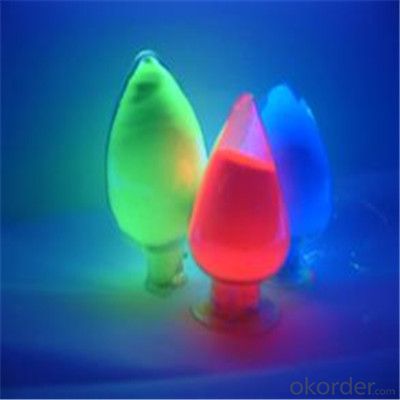
FAQ:
1.When can i get the price quotation?
We can send you the quotation within 24hours after your inquiry, including the shipping cost if you need.
2.What about payment term?
30% T/T deposit, balance against B/L copy.
Full T/T payment if quantity less than MOQ.
3. What’s your after-sales service?
One-year warranty, and 1% common accessories.
- Q: Are carontenoids and anythocyanin accesory pigments.
- This Site Might Help You. RE: What are accessory pigments? Are carontenoids and anythocyanin accesory pigments.
- Q: Explain light activation of pigments (absorption of light by pigments)?
- A pigment is a substance that imparts color by absorbing some frequencies of visible light but not others. For instance, there are a lot of substances that absorb ultraviolet light into the visible spectrum, in other words they also absorb plain violet light. Since they absorb violet light but reflect back the rest of light, they appear yellow. Purple pigments, on the other hand, are quite rare because they absorb purple light (which has the highest energy of visible light) and reflect back everything else. When anything absorbs a photon of electromagnetic radiation (light, x-rays, ultraviolet, infrared, microwaves, gamma rays, radio waves), it is activated which means that it takes the energy of the photon and goes to an energy state that is higher by the same amount of energy that was in the photon. At the molecular level, energy is quantized, meaning its restricted to particular states. For instance, vibrational energy corresponds to infrared light: there are only certain ways, called modes, that a molecule can vibrate in, if it can't vibrate in an appropriate mode, it can't absorb the infrared radiation that corresponds to being promoted to that mode. That's why substances can be transparent. At the higher energy state, the substance might be able to participate in chemical reactions that it would not be able to participate in in a lower state. That's usually what is meant by light activation. So a pigment that absorbs visible or UV light might become activated and react with something or react in ways that it wouldn't be able to in the dark.
- Q: can pigment ink be used to tattoo?
- Pigment ink? Tattoo ink is pigment ink. Printer ink is pigment ink. Crayola markers are pigment ink. It all comes down to what it's manufactured for and whom is doing the manufacturing. Reputable shops use certain brands of tattoo ink for a reason. Using something not made for the human body at all makes for an ugly tattoo and can cause infections or other problems seeing as nothing in it's manufacturing process is sanitary or compatible with use in skin.
- Q: what pigment are? give two example
- i need example sentences of pigment.. Thanks.. :)
- Q: I am trying to decide what kind of eyeshadow I should but I want something really pigmented and nice.
- Best Pigmented Eyeshadow
- Q: Does anyone know its chemical formula or constituents ?
- Pigments are generally used for overdipping or decorating candles. Pigments do not fade and do not migrate/bleed, but pigments will clog wicks if used to color solid-colored candles. Pigment flakes are clean and easy to use and give vivid and brilliant colors. They are safe for the candlemaker and for the candlemaker’s customers. The pigment flakes comply with OSHA, TSCA and EN 071 (part 3) legislation. Pigments are insoluble in the medium they are coloring. Pigments, therefore, are not soluble in wax. They color the wax by dispersion. This means that pigments have to be distributed evenly throughout the wax, or dispersed in the wax, in order to color it (versus dyes which are soluble in wax and become a part of the wax to color it). Mixing, therefore, is very important. Usage and Dosage Instructions Dissolve pigments flakes in your wax formulation at approximately 185F - 85C. It is recommended to pre-disperse the required amount of color (see dosage chart) in a small amount of the dipping wax in a ratio of 1:5 color to wax. This should be done at 185F - 85C, using an electric mixer will disperse the color more quickly. Once the pigment is well dispersed, add it to the remaining dipping wax. Stir the dipping wax well before starting production and after each production break. Overdipping Dosage 2 dips : 1% by weight of wax formulation 1 dip : 1.5% by weight of wax formulation For color consistency, always add the same amount of color to your dipping wax. Use a scale to weigh the components of your dipping formulation. Always dip candles at the same temperature, temperature variations will result in color deviations. Too hot a dipping wax will make the shade of color on the candle appear lighter. Too cold a dipping wax will make the shade of color on the candle appear darker. Any variations in the overdipping wax used may result in a change of color on your finished candle. PROPER MIXING IS NECESSARY TO ACHIEVE UNIFORM DISPERSION OF PIGMENTS
- Q: What are iridescent magnetic effect pigments?
- Iridescent okorder /... (really long explanation)
- Q: Can someone describe the role of accessory pigments in photosynthesis?
- Accessory Pigments In Plants
- Q: I'm onto black-berry.. I wonder what else is available in 98362.
- Pigments from the past came from rocks, minerals, plants, and other natural materials. Those things are all still available. You can take classes at some universities that teach how to make your own paints, or dry pigments. For native American pigments, you have to research which tribe used which colors. To be totally authentic you could visit the tribe of your choice and see if you can learn from them. Sticking to your own zip code will not net you much, usually.
- Q: (After the fifteenth century)
- Pigment is color in powder form. An example is lamp black; it was first made from the soot of kerosene lamps ground fine. Binder is a substance used to hold pigment together and make it adhere; in the previous example, linseed oil would be the binder for the lamp black pigment. Vehicle is a medium acting as a solvent, carrier, or binder for paint; turpentine or mineral spirits would be a vehicle but so would linseed oil as well to help dilute the paint and help it cover a large area. Hope that helps and thanx.
Send your message to us
LED Fluorescent Powder with with CE Approved
- Loading Port:
- Ningbo
- Payment Terms:
- TT OR LC
- Min Order Qty:
- 43 kg
- Supply Capability:
- 100000 kg/month
OKorder Service Pledge
OKorder Financial Service
Similar products
Hot products
Hot Searches
Related keywords
